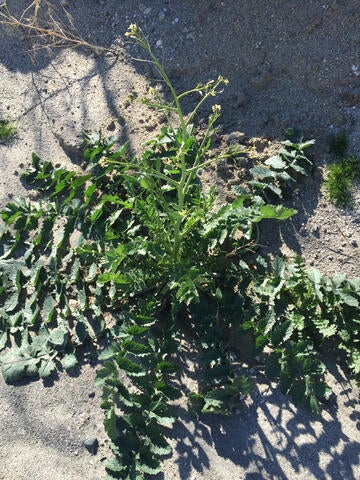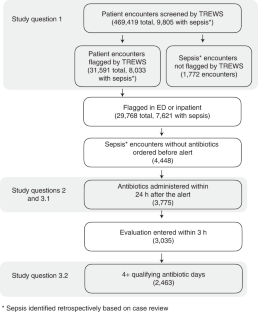2025-04-23 カリフォルニア大学リバーサイド校(UCR)

Invasive Saharan mustard is damaging Southern California’s deserts. (Lynn Sweet/UCR)
カリフォルニア大学リバーサイド校(UC Riverside)の研究チームは、サハラマスタード(Brassica tournefortii)と呼ばれる外来種が南カリフォルニアの砂漠地帯に深刻な影響を及ぼしていることを明らかにしました。この植物は1株あたり最大15,000個の種子を生産し、土壌中の種子バンクを圧迫することで、在来植物の発芽や生育を妨げています。その結果、砂漠の生態系の多様性が損なわれ、気候変動への回復力も低下しています。さらに、サハラマスタードは在来の動植物にも影響を与えています。多くの在来動物はこの植物を食料や避難所として利用できず、生息地の変化に適応できないため、個体数の減少が懸念されています。
研究チームは、降雨量の多い年にサハラマスタードを開花前に除去することが効果的であると提案しています。また、長期的なデータ収集が侵略的外来種の管理に不可欠であり、在来植物の保全と生態系の回復に向けた取り組みが求められています。
<関連情報>
- https://news.ucr.edu/articles/2025/04/23/invasive-weed-threatens-southern-californias-deserts
- https://esajournals.onlinelibrary.wiley.com/doi/10.1002/ecy.70081
乾燥地システムにおける群集の同期性と安定性に影響を及ぼす時間的侵入レジームの属性 Temporal invasion regime attributes influence community synchrony and stability in an arid land system
Clarissa S. Rodriguez, Lynn Sweet, Melanie Davis, Scott Heacox, Cameron Barrows, Loralee Larios
Ecology Published: 23 April 2025
DOI:https://doi.org/10.1002/ecy.70081
Abstract
Invasive species have become a major threat to ecosystems across the globe, causing significant ecological and economic damage. To anticipate how communities may respond to future invasions, it is crucial to refine how invader impacts are evaluated, especially in historically uninvaded and highly variable systems such as arid lands. While invader abundance is typically used to predict invader impacts, it may not effectively capture the dynamics that occur over time for established invaders that experience cyclical dynamics (i.e., boom-bust patterns), making it more challenging to track invader impacts. To address this issue, we leveraged a long-term vegetation dataset to develop a novel invasion regime framework for a dominant annual invader in North American deserts, Brassica tournefortii. Using abundance data over time, we evaluated how attributes of this invader’s boom-bust dynamics (i.e., invasion level, boom frequency and magnitude) influence the long-term synchrony and stability of invaded Eolian sand dunes communities. We found that attributes that captured the temporal effects of the invader were strong indicators of the impacts of an invader on long-term attributes of communities. Specifically, the mean magnitude of invader booms led to a decrease in species asynchrony and community stability. Increasing boom frequency also decreased community stability, but this was more muted. Mean magnitude of invader booms also mediated shifts in the relationship between synchrony and stability, with this relationship becoming more shallow with increasing boom magnitudes. Our research emphasizes the significance of using community metrics that capture temporal dynamics to document invasion impacts within dynamic arid land systems. The invasion regime framework can additionally offer insights into the mechanisms that may enable the persistence of the invader over time. Together, this knowledge can be helpful in guiding decision-making and land management strategies aimed at effectively controlling and mitigating the impact of invasive species.


